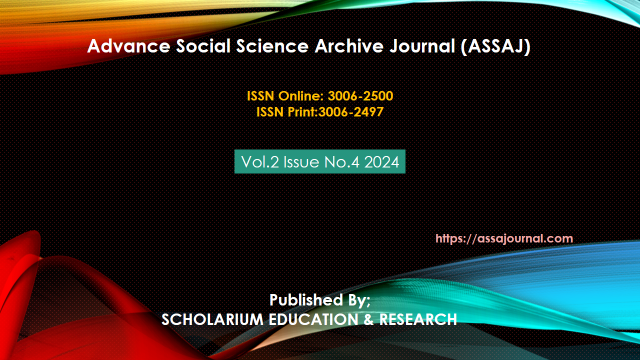EVALUATING THE EFFECTIVENESS OF PAKISTAN’S SOCIAL SAFETY NETS IN REDUCING POVERTY AND INCOME INEQUALITY
Abstract
Social safety nets in Pakistan (SSNs) such as flagship programs, such as the Benazir Income Support Programme (BISP) and Ehsaas, have achieved milestones in their efforts to alleviate poverty and income inequality but still encounter certain challenges that inhibit their performance. Although these programs have been able to reduce the rate of poverty among the beneficiaries by 7-9 percentage points and increase gender equity in consumption, its reach is uneven to other regions and demographic groups. The existence of critical implementation gaps represented by exclusion errors (22 percent of eligible households), benefits leakage (15 percent to non-poor recipients), etc., compromise their potential. The short-term relief orientation of the programs with minimal investments in skills development and livelihood support and inflationary consumption of transfer values limit the capacity of such programs to interrupt the poverty cycles across generations. Problems with the structure of the system, such as the political influence upon it, the disunity of the administration in terms of federal and provincial programs, and the lack of social protection of poor urban population and informal labor, also limit the results. This paper reviews the performance of the SSNs in Pakistan by looking at poverty indicators, targeting accuracy, and program design. The results validate the effectiveness of conditional cash transfers in education and health outcomes and women, but also show major limitations on reaching disadvantaged groups. The study reveals the necessity of digitized targeting systems, inflation-indexed benefits and institutional reforms aiming at greater coordination and transparency. With their incorporation into more comprehensive development plans such as those that focus on creating jobs and making the country resilient to climatic changes, Pakistan can turn its social protection system into one of empowerment, rather than one of temporary aids. The way forward is political determination, more domestic funding and evidence-based policymaking in order to have equitable and sustainable poverty reduction.
Keywords: Social Safety Nets, Poverty Alleviation, Income Inequality, Cash Transfers, Targeting Efficiency, Social Protection, Institutional Reforms, Pakistan, BISP, Ehsaas





